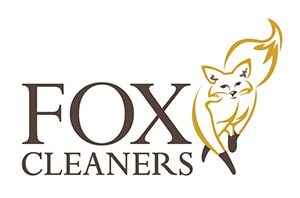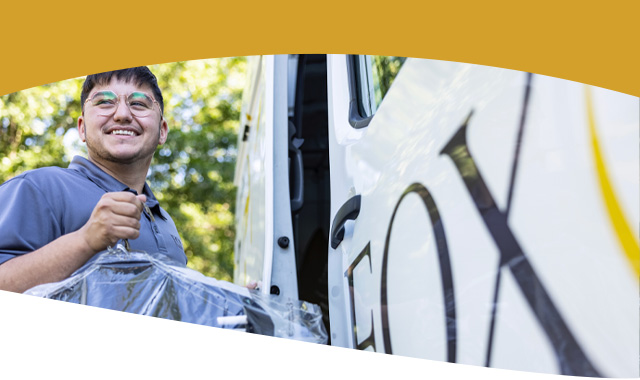In the book, “The Green Bride Guide”, author Kate Harrison claims that 63 tons of CO2 and 400lbs of waste are produced as a result of the average American wedding. Now, pair this with the knowledge that in 2021, over 1.9 million weddings were held in the United States alone. It’s easy to see how the environmental footprint of this industry is extravagant. It’s for this reason that the Green Business Bureau set to publish this article, detailing how to plan an eco-friendly wedding.
Eco-friendly wedding tips
Here are six tips for planning and delivering an eco-friendly wedding. Some of these tips are low effort and easy to implement, others take a larger investment. Planners can offer these tips and services to couples interested in making their wedding a sustainable event.
TIP #1: USE ECO-FRIENDLY INVITATIONS, AND REDUCE YOUR PAPER USE
One low-effort green initiative you can implement in your business is to reduce the amount of paper you use. For instance, you could use a digital invitation as opposed to paper slips, which will bring environmental benefits by reducing resource consumption and waste. Going digital will also save you and your clients time, and money, and create a more organized invitation list. Have a look online for digital template options. These options not only reduce paper demand, but they create a relatively lean and quick process. Recipients can simply open the email, fill out their details, and click to push that information back to the sender.
Yet, if your client prefers to stick to traditional paper invitations, why not make your go-to stationary source one that’s recycled or made from alternative, greener materials? Alternative materials include bamboo, cork, cotton, hemp, and mulberry. The options are endless if you get a little creative and think outside the box. It can also lead you to intriguing new partnerships while showing your consumers you care about the little things.
To plan an eco-friendly wedding, it’s important to look at all aspects of the event to reduce resource consumption, greenhouse gas emissions (GHGs), and waste. Here we’re talking about reducing paper consumption. Think about other aspects of the wedding that might be using paper where alternatives would do the job just as well. For instance, do you use paper signs to direct guests during the event? Instead, why not think about using second-hand chalkboards and creatively crafted frames to further reduce resource demand. These are items you can hold onto, and reuse for the long run. This will save on ink, paper, and time.
This last point brings us nicely to the next tip, that is, to ditch single-use items from your event.
TIP #2 – DITCH SINGLE-USE ITEMS
A circular economic model uses Earth’s resources, but instead of throwing these resources away after use, items and materials are shared, leased, reused, repaired, refurbished, and/or recycled.
One way of adopting a circular economic model for your eco-friendly wedding would be to consider purchasing second-hand items (thrift shopping). If you have the storage, build up a collection of furniture and décor options for your clients to utilize for free or for a small fee. As the Macklemore song goes, your “bout to go and get some compliments” with your re-used décor acting as a unique selling point for your brand.
But what happens if you have no space to store your thrift-shop bargains?
No problem! There are companies that rent out items, supporting a circular economic model. One example is Rent Items.
For the actual wedding event itself, encourage recycling and reduce litter by providing enough bin facilities.
TIP #3 – USE SUPPLIERS THAT SHARE SIMILAR GREEN VALUES AND OPERATE SUSTAINABLY
As a wedding planner, you’ll be working with a host of different suppliers, including caterers, florists, and venue owners. If you want to plan an eco-friendly wedding, it’s incredibly important to keep a list of services that share similar green values and mission statements. Source local suppliers to reduce transportation and the carbon footprint that comes with this.
Build a list of referral relationships for services outside the scope of your offering. You can refer sustainable alternative brands to your clients.
To help you with this tip, check out the following articles on sustainable catering and florists:
- Sustainable catering: A Getting Started Guide for Small Businesses
- Florist Sustainability Guide: How To Offer a Green Wedding Option
TIP #4: PROPOSE ALTERNATIVE (GREENER) REGISTRY IDEAS
Now we’re not suggesting that you encourage your clients to not accept gifts. Rather we’re suggesting you draw up an alternative registry strategy, one that works to limit the gift items provided. Promote a minimalist approach and work with your clients to layout the items they truly need. This way, guests know what items are useful and what items aren’t. Draw up a strategy that will ensure the same items aren’t bought twice by different guests. Also, communicate to clients that gifts don’t have to be material. Guests can donate money to chosen charities.
Look for companies that specialize in conscious curation. One example is Everlastly.
TIP #5 – STICK TO LOCAL CLIENTS AND SMALL WEDDINGS
As an eco-friendly business, it’s in your power to set the standard and to choose jobs that fit your sustainable business model. You can see how hosting weddings that fly hundreds of people to the destination for a weekend event can contradict your purpose-driven mission. Find your niche of hosting local, smaller (and so more intimate), and sustainable weddings.
TIP #6 – IMPLEMENT A CARBON OFFSET STRATEGY
At the end of the day, the environmental impact of any wedding will fall onto the decisions of those getting married. As a wedding planner your suggestions may or may not be taken depending on their dreams for their big day, and that is okay!
If decisions are being made that you feel like your business needs to address, look into carbon offsetting. Carbon offsetting programs not only help reduce overall business GHG emissions, but these programs address environmental unsustainability as a whole.
For more information, and how to get started with the right carbon offset approach, read the following articles:
- Carbon Offsets vs Carbon Credits: The 5 Rules of Carbon Offsetting
- How To Buy Carbon Offsets: 6 Certified and Vetted Options
Get certified: Accurately measure, record and communicate your green commitment
Last but not least, one of the most important parts of your sustainability journey toward planning an eco-friendly wedding is to learn how to share your efforts through conscious, and accurate marketing.
You want to let people know what you’re doing to better the world. You want people to know about your green mission (while also avoiding corporate greenwash).
Getting certified with the Green Business Bureau will allow you to do just that.
The Green Business Bureau (GBB) provides an online green certification option for business owners. Following GBB’s EcoAssessment and EcoScorecard will help you set green initiatives as sustainability targets, while also keeping track and documenting your achievements. As you progress, you’ll rack up points that will reflect the sustainability of your business.
Once certified by the Green Business Bureau, you’ll be rewarded with a Green Seal to showcase your efforts and commitment to building a better business, one that works with nature to preserve nature and human stability.
Thank you for creating eco-friendly weddings and acting as a model business for sustainability in this industry.
Article by Jessica Bugh – GBB Green Ambassador – Full Article




